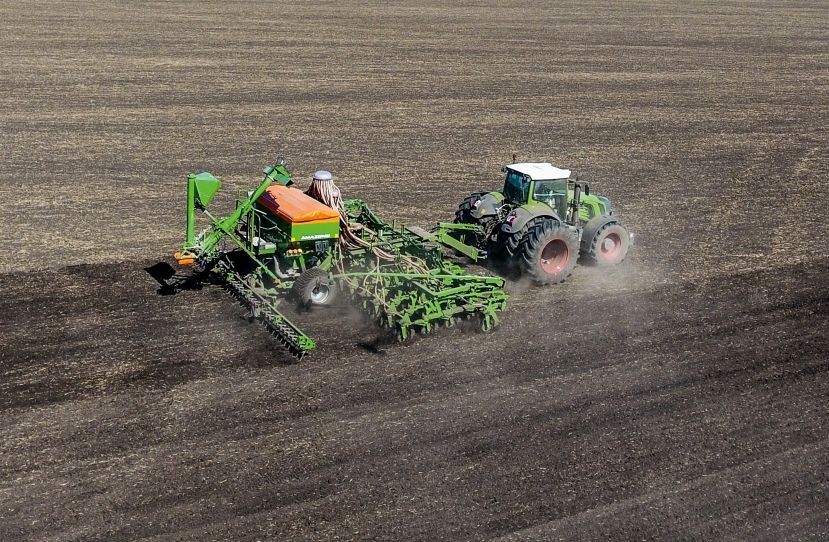US. High cost, short supply of fertilizer to alter 2022 planting

Farmers in the United States are likely to plant less corn and use less nitrogen fertilizer on their fields for next year’s growing season due to sky-high fertilizer prices and short supplies. That trend will be less pronounced in Iowa, where fertile soils make the extra costs worthwhile.
“We have a very natural advantage for producing corn,” said Sam Funk, a senior economist for Iowa Farm Bureau. “Those nitrogen fertilizers are worth more on very productive Iowa ground rather than in other states.”
A confluence of factors has led agricultural fertilizers to reach their highest prices in two decades, according to Green Markets, which tracks those price trends.
Global natural gas shortages, limited fertilizer stockpiles, and other factors had already driven those prices upward this year when Hurricane Ida made landfall in Louisiana in August. The storm halted fertilizer production in the storm-affected areas and stalled transportation barges on the Mississippi River.
“You’ve got a lot of different factors that are coming to bear at a certain moment in time,” Funk said.
He said farmers are paying up to three times the price for fertilizer they paid a year ago, and some say it’s worse:
“Some of our farmers who have been able to guarantee fertilizer availability for next planting season have reported being quoted prices up to six times as high as 2021 prices,” U.S. Rep. Randy Feenstra, a northwest Iowa Republican, said during a congressional hearing last week.
SOME FARMERS MAY WAIT TO FERTILIZE
So, what will farmers do? Some are waiting to fertilize their fields until the spring, and some are eyeing alternatives to corn, Chat Hart, an economics professor at Iowa State University, said Friday on “Iowa Press,” which airs on Iowa PBS.
One alternative is soybeans, which make their own nitrogen through a symbiotic relationship with certain bacteria. Bradyrhizobium japonicum can infect soybean roots, and in exchange for the plants’ sugars, the bacteria fix nitrogen.
“Will Iowa producers switch more over to soybeans?” Funk said. “Some, but not probably to a great extent in this state. You have a yield factor that would penalize you for planting soybeans after soybeans.”
Corn and soybean yields benefit when they are planted in alternating years in fields. Back-to-back years of soybean planting reduces yields, primarily because of the increased presence of microscopic roundworms that damage their roots, researchers have found.
Funk said many Iowa farmers will simply be more judicious with their fertilizer applications and take an economic hit from the higher costs.
Read also
Merry Christmas and Happy New Year! UkrAgroConsult work schedule
Grain exports from Ukraine exceeded 14.5 mln tons
Belgian scientists use AI to perfectly peel potatoes
Official Release – December 17th! Crop & Price Navigator 2026/27
Australian wheat challenges US for top spot in South Korea’s milling imports
Write to us
Our manager will contact you soon



